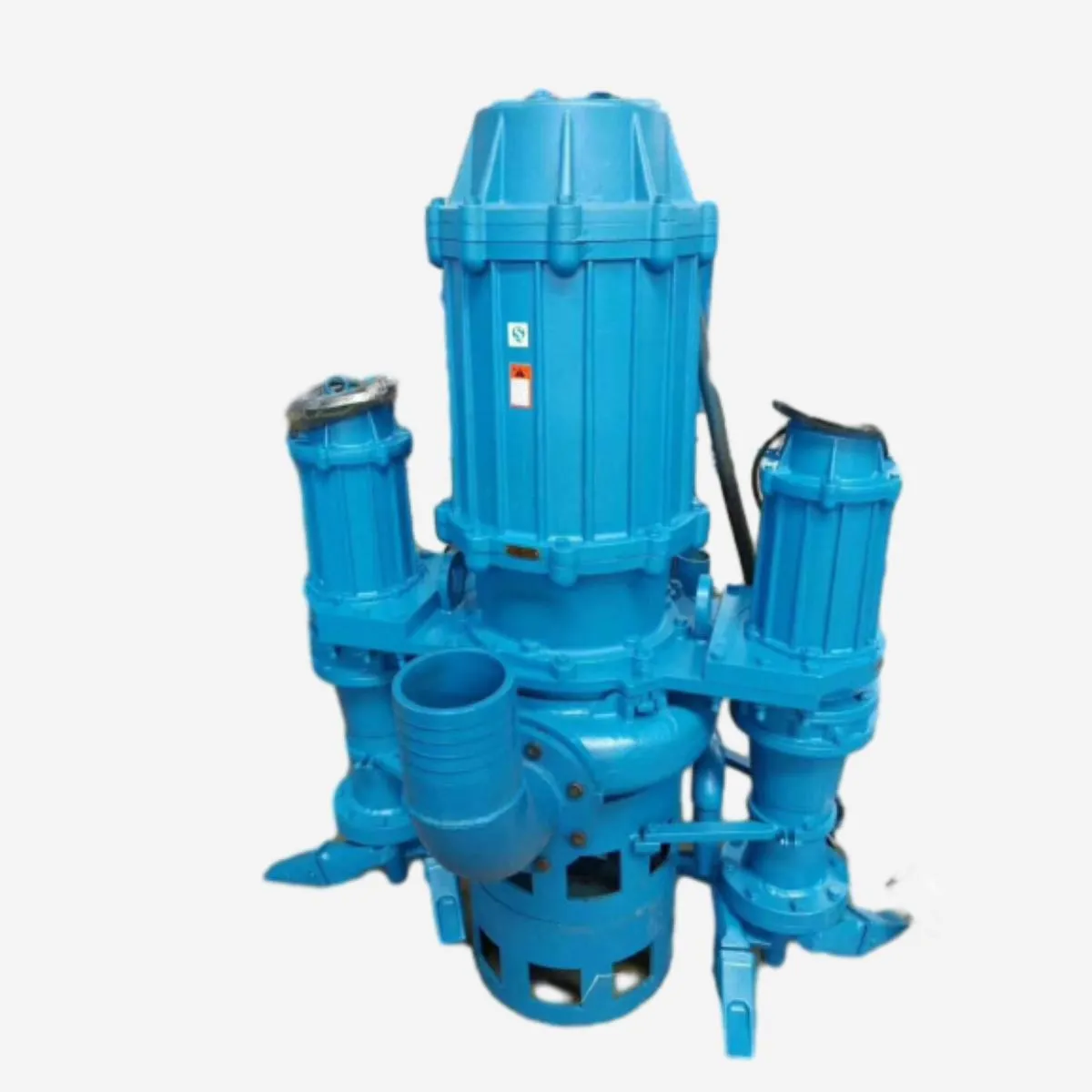English
- Afrikaans
- Albanian
- Amharic
- Arabic
- Armenian
- Azerbaijani
- Basque
- Belarusian
- Bengali
- Bosnian
- Bulgarian
- Catalan
- Cebuano
- Corsican
- Croatian
- Czech
- Danish
- Dutch
- English
- Esperanto
- Estonian
- Finnish
- French
- Frisian
- Galician
- Georgian
- German
- Greek
- Gujarati
- Haitian Creole
- hausa
- hawaiian
- Hebrew
- Hindi
- Miao
- Hungarian
- Icelandic
- igbo
- Indonesian
- irish
- Italian
- Japanese
- Javanese
- Kannada
- kazakh
- Khmer
- Rwandese
- Korean
- Kurdish
- Kyrgyz
- Lao
- Latin
- Latvian
- Lithuanian
- Luxembourgish
- Macedonian
- Malgashi
- Malay
- Malayalam
- Maltese
- Maori
- Marathi
- Mongolian
- Myanmar
- Nepali
- Norwegian
- Norwegian
- Occitan
- Pashto
- Persian
- Polish
- Portuguese
- Punjabi
- Romanian
- Russian
- Samoan
- Scottish Gaelic
- Serbian
- Sesotho
- Shona
- Sindhi
- Sinhala
- Slovak
- Slovenian
- Somali
- Spanish
- Sundanese
- Swahili
- Swedish
- Tagalog
- Tajik
- Tamil
- Tatar
- Telugu
- Thai
- Turkish
- Turkmen
- Ukrainian
- Urdu
- Uighur
- Uzbek
- Vietnamese
- Welsh
- Bantu
- Yiddish
- Yoruba
- Zulu
Telephone: +86 13120555503
Email: frank@cypump.com
Nov . 24, 2024 06:12 Back to list
slurry pumping handbook
Understanding Slurry Pumping Key Principles and Practices
Slurry pumping is a critical process in various industries, including mining, construction, and wastewater treatment, where solid particles are suspended in a liquid. The efficient transport of slurries presents unique challenges due to the complex interactions between the liquid and solid phases, requiring specialized equipment and techniques. This article delves into the essential principles of slurry pumping, highlighting the factors affecting performance and the best practices for optimizing operations.
Fundamentals of Slurry Properties
To effectively pump slurry, one must first understand its properties. The concentration of solids, or slurry density, significantly impacts pump selection and performance. Slurries can be classified as either dilute (low solid content) or thick (high solid content), influencing not only the viscosity but also the wear and tear on pumping equipment. A critical characteristic to consider is the particle size distribution; larger particles can lead to increased wear on pump components and may necessitate larger pump sizes.
Additionally, the rheological behavior of slurry plays a significant role in pumping efficiency. Some slurries exhibit non-Newtonian behavior, meaning their viscosity changes with the shear rate, complicating the pumping process. Utilizing appropriate models to predict how a specific slurry will behave under various pumping conditions is vital for selecting the right pump and operational parameters.
Pump Selection and Design
Choosing the right pump is crucial for ensuring optimal slurry transport. Common types of slurry pumps include centrifugal pumps, positive displacement pumps, and submersible pumps. Centrifugal slurry pumps are typically favored for their ability to handle large volumes, while positive displacement pumps are preferred for handling slurries with high viscosity or solid content.
When selecting a pump, factors such as the required flow rate, head, and the specific properties of the slurry must be taken into account. Pump materials also play a key role in longevity and performance; for example, high-alloy materials or elastomers can be used to resist wear when dealing with abrasive slurries.
slurry pumping handbook

System Design and Layout
The design of the piping system is another essential aspect of efficient slurry pumping. The layout must minimize bends and prolong direct pathways to reduce friction losses that can drastically decrease performance. Moreover, proper sizing of pipes is necessary to manage velocity; excessive velocities can cause erosion, while insufficient velocities can lead to sedimentation of solids within the pipes.
Incorporating valves, flow meters, and slurry sampling ports into the system can enhance monitoring and control, allowing operators to manage flow rates and detect any potential issues promptly. Additionally, proper ventilation and air release mechanisms should be integrated to avoid cavitation, which can severely damage pumps.
Maintenance and Operational Practices
Regular maintenance is indispensable in ensuring the longevity and reliability of slurry pumps. Implementing a routine inspection schedule can help identify wear and tear early, enabling timely reparations or replacements. Operators should be trained to monitor the performance of pumps and recognize signs of inefficiency or malfunction.
Moreover, maintaining optimal operating conditions—such as monitoring slurry density and adjusting flow rates—can enhance the performance of pumping systems. It is also beneficial to maintain a consistent slurry composition whenever possible, as competing solid particles can lead to variable wear rates and fluctuating pumping efficiency.
Conclusion
In conclusion, slurry pumping is a complex yet vital process across many industries. By understanding the properties of slurries, carefully selecting and designing pumping systems, and implementing rigorous maintenance practices, operators can significantly enhance the efficiency and reliability of their slurry transport systems. With the right strategies in place, organizations can optimize their operations, reduce costs, and improve overall productivity.
-
ISG Series Vertical Pipeline Pump - Chi Yuan Pumps Co., LTD.
NewsJul.30,2025
-
ISG Series Vertical Pipeline Pump - Chi Yuan Pumps Co., LTD.|energy-efficient fluid handling&industrial durability
NewsJul.30,2025
-
ISG Series Vertical Pipeline Pump - Chi Yuan Pumps | Advanced Engineering&Industrial Efficiency
NewsJul.30,2025
-
ISG Series Pipeline Pump - Chi Yuan Pumps | High Efficiency, Energy Saving
NewsJul.30,2025
-
ISG Series Vertical Pipeline Pump-Chi Yuan Pumps|High Efficiency&Reliable Performance
NewsJul.29,2025
-
ISG Series Vertical Pipeline Pump|High Efficiency&Low Noise
NewsJul.29,2025










